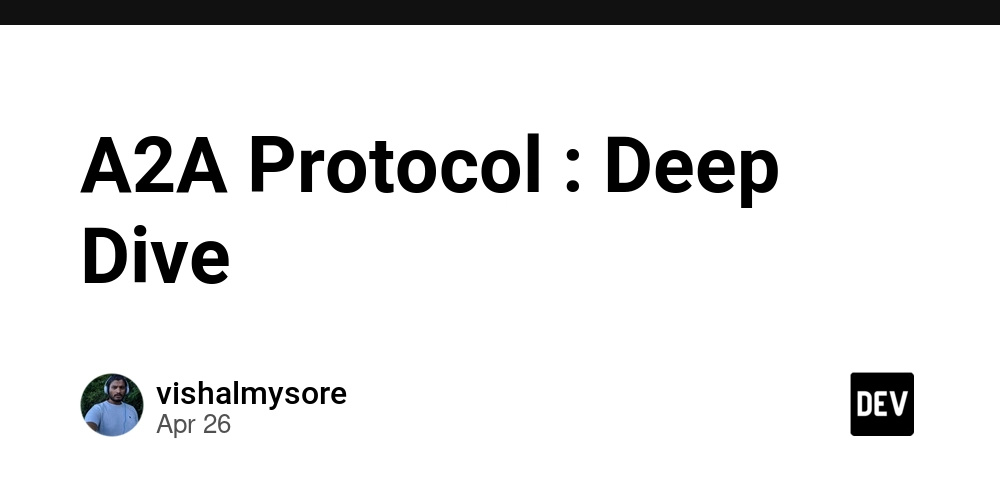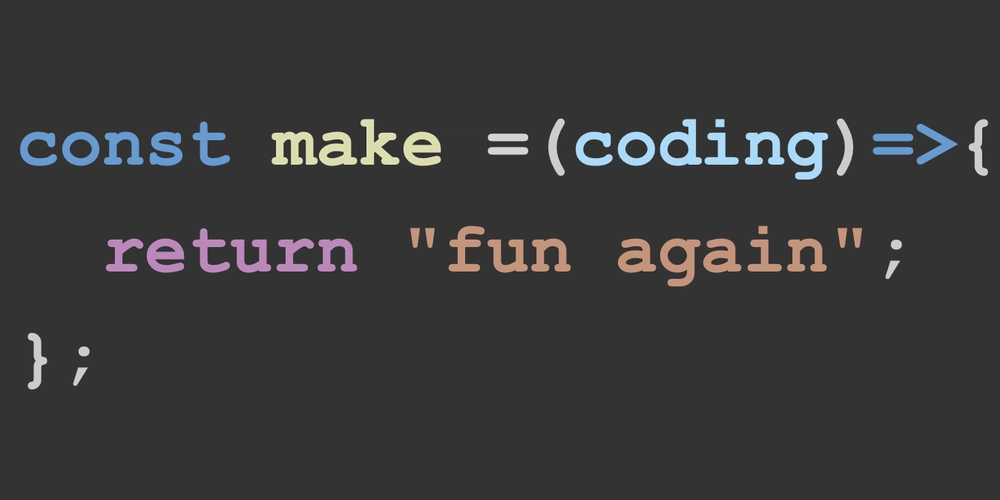
7 Must-Have HTML Skills to Become a Master in 2025
Want to become a top-tier web developer? Mastering HTML is crucial. While the basics are easy to pick up, truly skilled developers know the underlying nuances and advanced HTML techniques. Here's a breakdown of seven must-know HTML skills to solidify your expertise by 2025!
1. Semantic HTML: Write Code That Speaks Volumes
Semantic HTML is all about using HTML elements that clearly define the meaning of your content. Think of it as writing code that humans and search engines can easily understand. Why is this important?
- Improved Accessibility: Screen readers and other assistive technologies rely on semantic HTML.
- Better SEO: Search engines like Google love semantic HTML, boosting your website's ranking.
- Enhanced Readability: Makes your code easier to maintain and collaborate on.
Common Semantic HTML tags include: <article>, <aside>, <footer>, <header>, <main>, <nav>, and <section>. Mastering these tags significantly improves your HTML coding skills.
2. Lazy Loading Assets: Optimize Your Website's Speed
Slow loading times drive users away. Lazy loading is a technique that defers loading non-essential resources (mainly images and videos) until they're needed.
- Dramatically improves initial page load speed.
- Focus on lazy loading images and videos "below the fold" (not immediately visible).
- Use the
loading="lazy"attribute within the<img>tag.
3. Preloading Assets: Prioritize Key Content
While lazy loading is for non-essential content, preloading is its opposite. It helps load critical resources (like above-the-fold images) before the page fully renders. This ensures a faster, smoother experience for your visitors.
- Prioritizes resources crucial for rendering the initial view.
- Place
<link rel="preload">tags in the<head>section. - For videos, use the
preload="auto"attribute within the<video>tag.
4. Custom Link Previews: Make Sharing Irresistible
Ever see those engaging link previews on social media? You can create them yourself with specific meta tags. Platforms like WhatsApp and Twitter use protocols like Open Graph (OG) and Twitter Card to generate these previews.
- Use meta tags to control how your links appear when shared.
- Implement both Open Graph and Twitter Card protocols for maximum compatibility.
- Leverage online meta tag generators like Meta Tags to simplify the process.
The result is more visually appealing and engaging links, boosting click-through rates and driving traffic back to your site.
5. tel: and mailto: Links: Streamline Communication
Make it incredibly easy for users to contact you directly from your website! HTML gives you simple tools for one-click calling and email sending.
- The
tel:link triggers a call from the user's device. - The
mailto:link opens the user's default email client with a pre-filled recipient address.
6. Responsive Images: Adapt to Any Screen Size
Forget about slow-loading, oversized images. Responsive images ensure your visuals always look their best, regardless of screen size. Art Direction is a top-notch optimization technique allowing loading optimally sized images based on media queries.
- Utilize the
<picture>element with<source>elements for different media queries. - Specify different image sources (
srcset) for various screen resolutions. - Improves website performance and the user experience across all devices.
7. Preformatted Text: Preserve Your Formatting
Need to display code snippets or preserve specific text formatting? The <pre> tag is your answer.
- Maintains spaces and line breaks exactly as they are written.
- Text is displayed in a fixed-width font (though styling can be applied).
- Ideal for displaying code blocks or any content where formatting is crucial.
By mastering these seven advanced HTML techniques, you'll elevate your skills from competent to exceptional. This positions you to create outstanding, user-friendly web experiences in 2025 and beyond.























